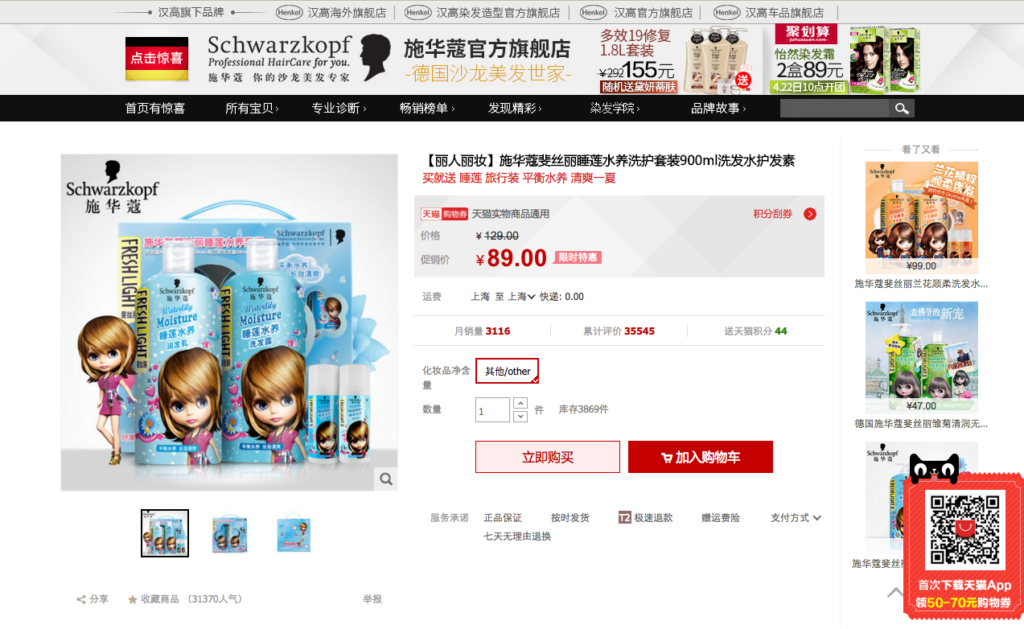There is an unexpected finding from Bain & Company’s latest study of China’s eCommerce market: how much is eCommerce shaping consumer behaviours, and the profound influence those shoppers are having on online businesses. Despite its massive growth, China eCommerce is rapidly evolving to become more than a numbers game for both consumers and sellers.
Shoppers in China used to choose eCommerce mostly because lower price, but not any more. Now, they’re turning to online commerce for quality products and brand names and looking for a satisfying shopping experience. To respond, eCommerce businesses have made a similar shift from focusing on quantity to a growing focus on quality, developing brand strategies and investments to serve this increasingly savvy market. They’re seeking valuable customer insights that can help them hone their branded offerings and improve everything from marketing to supply chains.
The “branding” of the Internet
eCommerce started out as a vast C2C marketplace but now B2C accounts for half of all online sales, a share that is expected to grow to 70% by 2020. The internet is providing easier, less expensive and more efficient access to brands. As a result, the share of branded products online increased by 7% points between 2011 and 2014 to 65 per cent of total sales. Meanwhile, sales generated from overseas sites will grow annually by 30% in the years ahead, reaching a total value of Rmb 1tn by 2020, as Chinese consumers look to brands outside the country that deliver higher assurances of health and safety. You can think of this transition from price to quality and experience as the “branding” of the internet.
Also contributing to this boom in branded online sales: smaller brands find themselves unrestricted by the many barriers to entry and route-to-market obstacles they often encounter in the offline world. Meanwhile, eCommerce gives top brands greater access to fast-growing lower-tier cities, where they lack physical distribution networks.
Finally, horizontal platforms such as Amazon—which sells multiple product categories—have responded to the new emphasis on brands by building closer alliances with vertical and brand-owned platforms as well as with offline retailers, which focus on a limited number of categories and typically are closer to their customers. These moves allow horizontal platforms to acquire consumer information and create more customer touch points via physical stores or social platforms, helping to deliver the long-promised era of Online-to-Offline (O2O) retailing.
Becoming an internet-enabled brand
Indeed, online retailers now view the Internet as being more than just another sales channel for low-priced generic goods. Instead, it has become a vast opportunity for innovative, value-added services. For example, Tmall analyzed the big data on apparel sales online to help the fast fashion brands on its platform plan where to locate their offline stores.
Brands are introducing equally innovative business models. Some are breaking their old patterns of indirect communication with consumers and developing creative ways of co-creating brands with them.
For example, Schwarzkopf hair products launched FreshLight, a new hair color product, on Tmall, resulting in Rmb 4m in sales from 35,000 consumers in the first week. It then used the online sales data to adjust its offline product portfolio, planning distribution by stores and regions and negotiating contracts that are more favorable with offline wholesalers.

Winning brands view internet enablement as a transformation process that starts with a clear digital ambition and requires defining a digital operating model along the value chain (including R&D and supply chain, marketing and CRM, and sales and channel), supported by a digital organization and infrastructure.
Rapid innovation in China is delivering the future of online retailing and brand development. Brands that speed the integration of the customer experience into their business model, who co-create with consumers and view the online and offline worlds as one long continuum will be the ones that reap profitable growth. They’ll be the brands that stand out, outpacing competitors and changing the rules in the world’s largest and most dynamic eCommerce market.
More on China eCommerce












